
Building a campfire can be both a skill and an art. Whether camping in the wilderness or just wanting a cozy fire in your backyard, understanding the basics is essential for safety and efficiency. Here’s a step-by-step guide to help you build the perfect campfire.
1. Choose a Safe Location
- Ensure the spot is away from tents, trees, and shrubs.
- Check for overhead branches that could catch fire.
- If there’s an existing fire pit, use it. If not, clear a 10-foot diameter area down to the soil.
2. Prepare the Ground
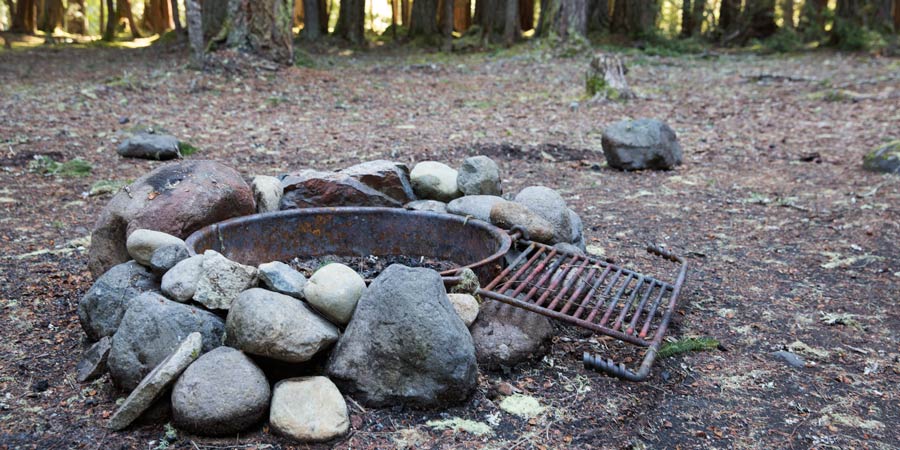
- Dig a shallow pit about a foot deep in the center of your cleared area. This will contain the fire and keep it from spreading.
- Surround the pit with a circle of rocks. This serves as a wind barrier and a boundary for your fire.
3. Gather Materials
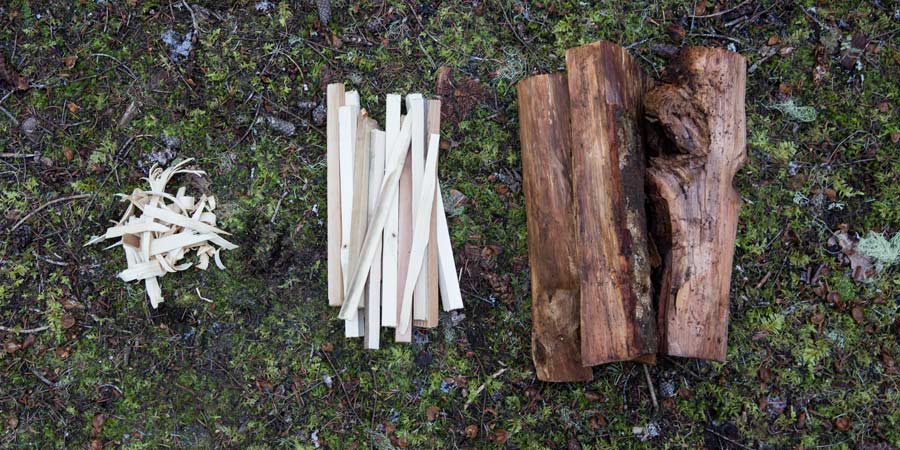
There are three main types of materials you need for a fire:
- Tinder: Small, dry materials that ignite easily. Examples are dry grass, leaves, paper, or cotton balls.
- Kindling: Small sticks and twigs, usually less than a finger’s width. They catch fire easily from the tinder.
- Firewood: Larger logs and branches. Once the fire is going strong, these will be your primary fuel source.
4. Constructing the Fire
There are various methods to build a fire, but two of the most popular ones are the “teepee” and the “log cabin.”
Teepee Method
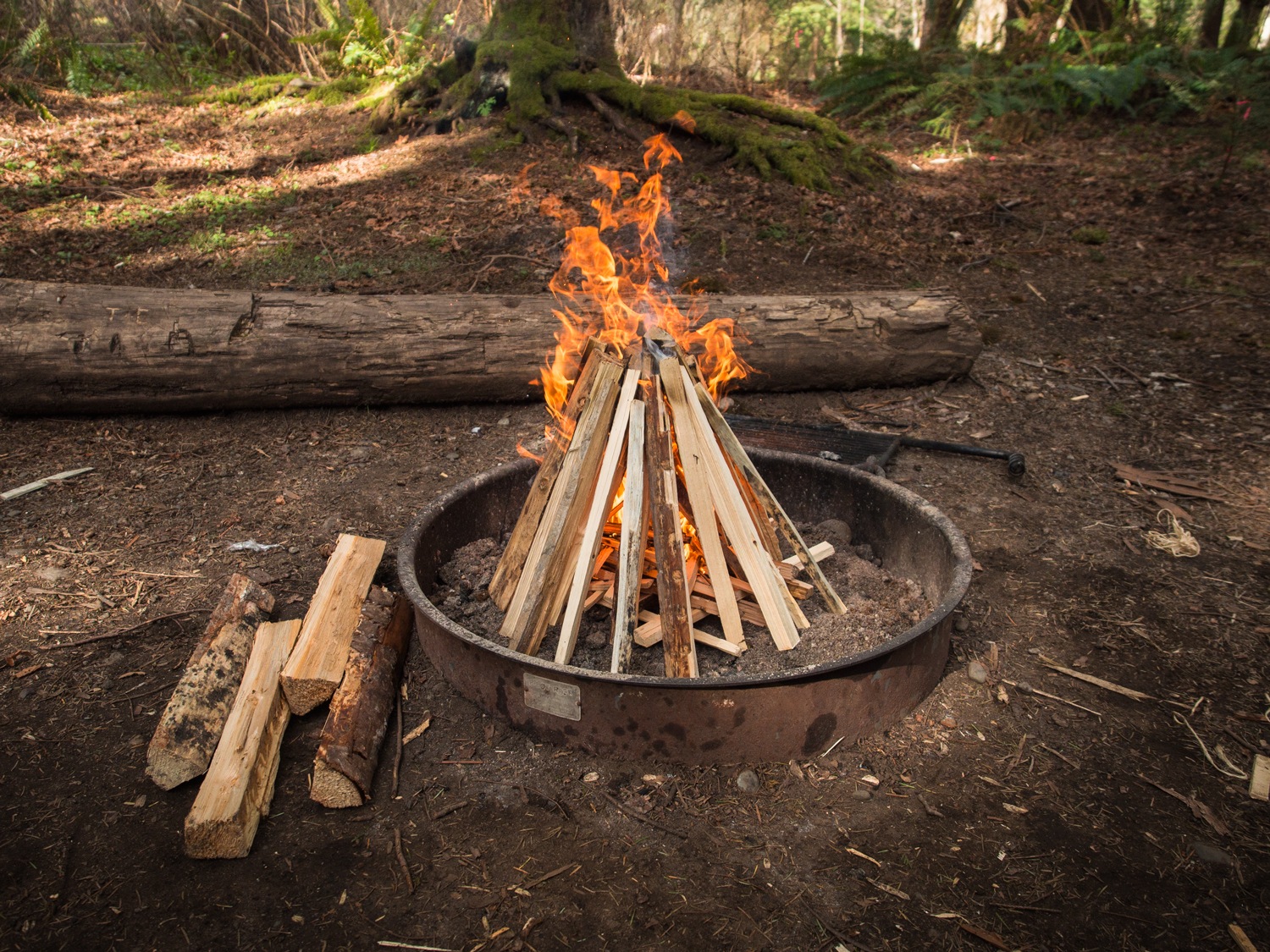
- Place a small pile of tinder in the center of your pit.
- Arrange your kindling in a teepee shape over the tinder.
- Add a larger layer of kindling around the first, followed by your smallest pieces of firewood.
Log Cabin Method
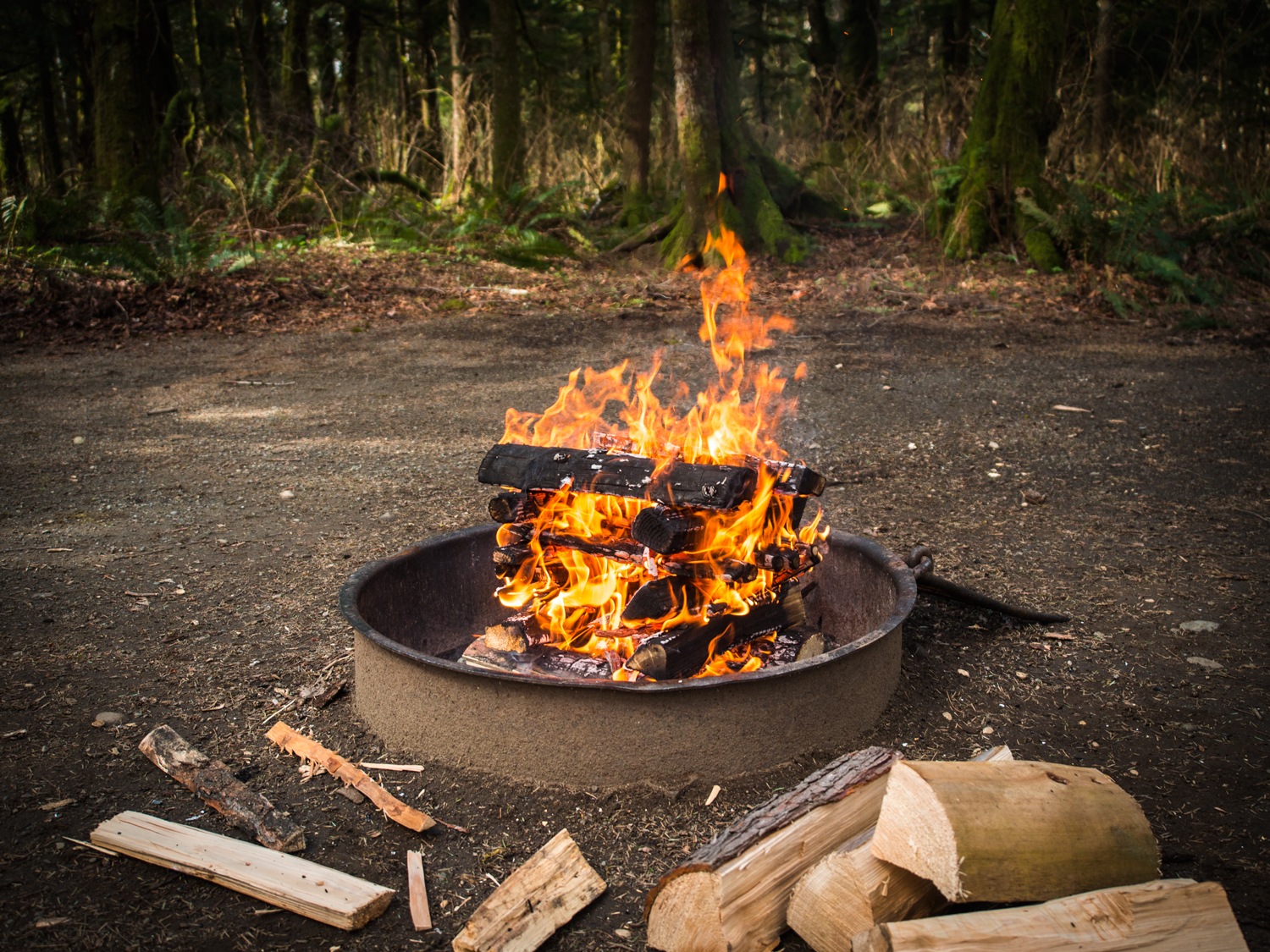
- Start with a small pile of tinder in the center.
- Place two pieces of kindling parallel to each other on opposite sides of the tinder.
- Add two more pieces on top, perpendicular to the first two.
- Continue in this manner, building up like a log cabin, with the larger firewood forming the outer layers.
5. Lighting the Fire
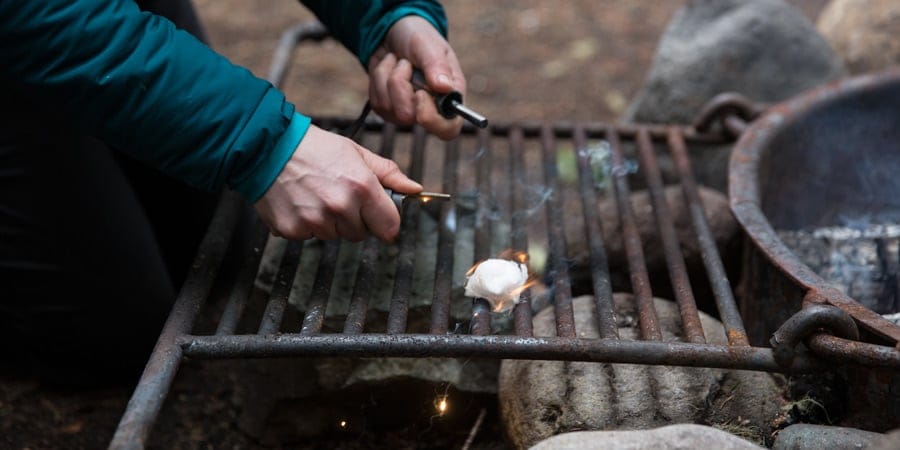
- Light the tinder using a match or lighter. If you’re using the teepee method, the flames will rise, igniting the kindling and then the firewood.
- If you’re using the log cabin method, you may need to add some additional tinder and kindling as the fire grows to ensure it spreads to the logs.
6. Maintaining the Fire
- Add firewood as needed. Always place, don’t throw, to avoid scattering embers.
- Rearrange logs occasionally using a stick or poker to ensure good airflow.
7. Putting Out the Fire
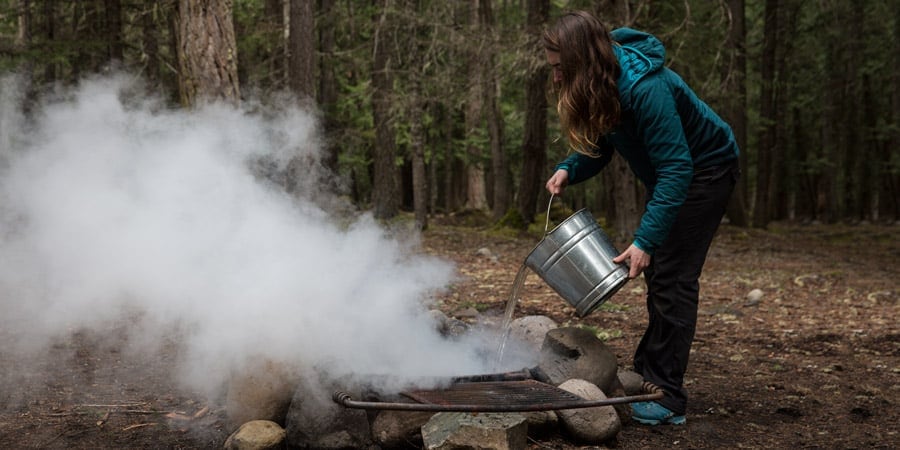
- Let the fire burn down well before you intend to put it out.
- Pour water slowly over the fire to douse the flames. Be prepared for steam.
- Stir the ashes with a stick to ensure all embers are wet.
- Feel with your hand above the wet ashes to ensure there’s no heat left. (Never touch directly.)
8. Safety Tips
- Always keep a water source or fire extinguisher nearby.
- Never leave a campfire unattended.
- Avoid building fires on windy days.
- Ensure your fire is completely out before leaving the site or going to sleep.
With practice, building a campfire becomes second nature. Whether for warmth, cooking, or just ambiance, a well-made campfire can enhance any outdoor experience. Always prioritize safety and “Leave No Trace” principles to protect yourself and the environment.







